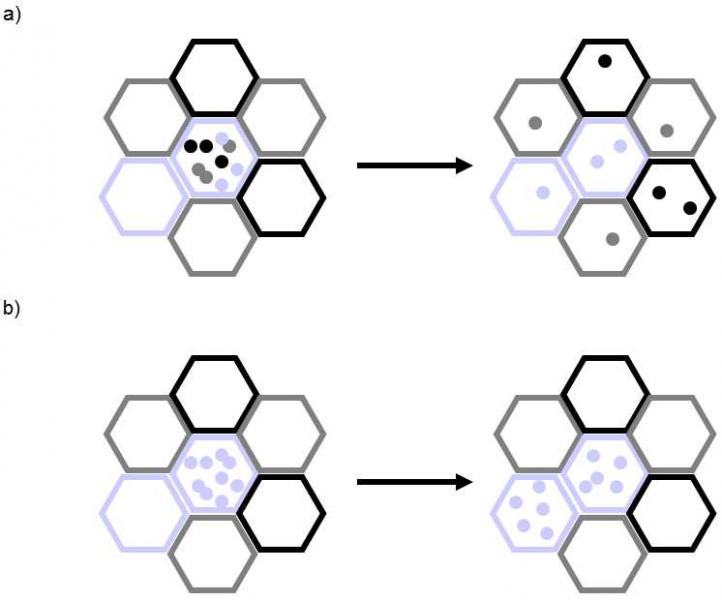XIII.3.2.1.3 The absence of sexual reproduction and the related reparation may be the reason why somatic cell clones age in multicellular organisms
The impossibility of correcting almost neutral mutations in the absence of genetic recombination may be the cause of ageing in multicellular organisms.It has been known for some time that the somatic cells of multicellular organisms can be cultivated in tissue cultures for only a limited period of time.It seems that the cells are capable of achieving only a certain, preset number of cell divisions.In human fibroblasts, this number, called the Hayflick limit, is equal to approximately 50-60 mitoses (Hayflick 1965).The cell culture dies out after achieving the corresponding number of cultivation passages in vitro.Malignly transformed cells are probably the only exception and can be cultivated continuously in tissue cultures (Evans 1979).
It is an interesting property of tissue cultures that the number of cell cycles that their cells can undergo is indirectly proportional to the age of the individual from which the primary culture was derived.This can be interpreted in that the zygote has only a limited number of mitoses that it can undergo and only the line of germinal cells that repeatedly undergo sexual processes connected with genetic recombination is actually “immortal”.A great many authors think that combination of the gametes is followed by reparation in the zygote of most mutations that occurred in the germinal line during the lifetime of the multicellular organism.The cells of somatic tissue do not undergo such a rejuvenation stage, so that their functioning worsen, accompanied by ageing of the tissues and frequently the entire multicellular organism.There are, of course, a great many other theories explaining the existence of the Hayflick limit, such as gradual shortening of the telomere of chromosomes during mitotic division and renewal of their original length following induction of the telomerase enzyme in some phase of sexual reproduction (Ouellette & Savre-Train 2000; Li & Liu 2002; Blasco 2002).

Fig. XIII.8 The elbow room hypothesis. In a heterogeneous environment, in which alternative resources are available for the particular species, it is more advantageous if siblings are not too similar genetically and thus also in their phenotype (a). Because of their diversity, they can divide up the available resources in a way that will best correspond to their genetic dispositions. On the other hand, if the progeny are phenotypically and thus genetically uniform, i.e. if this is an asexually formed clone, they will compete very intensively for the resource that best corresponds to their common genetic disposition (b). Because of this competition, the members of the particular asexual clone will have lower inclusive fitness than the members of a genetically diverse family.
